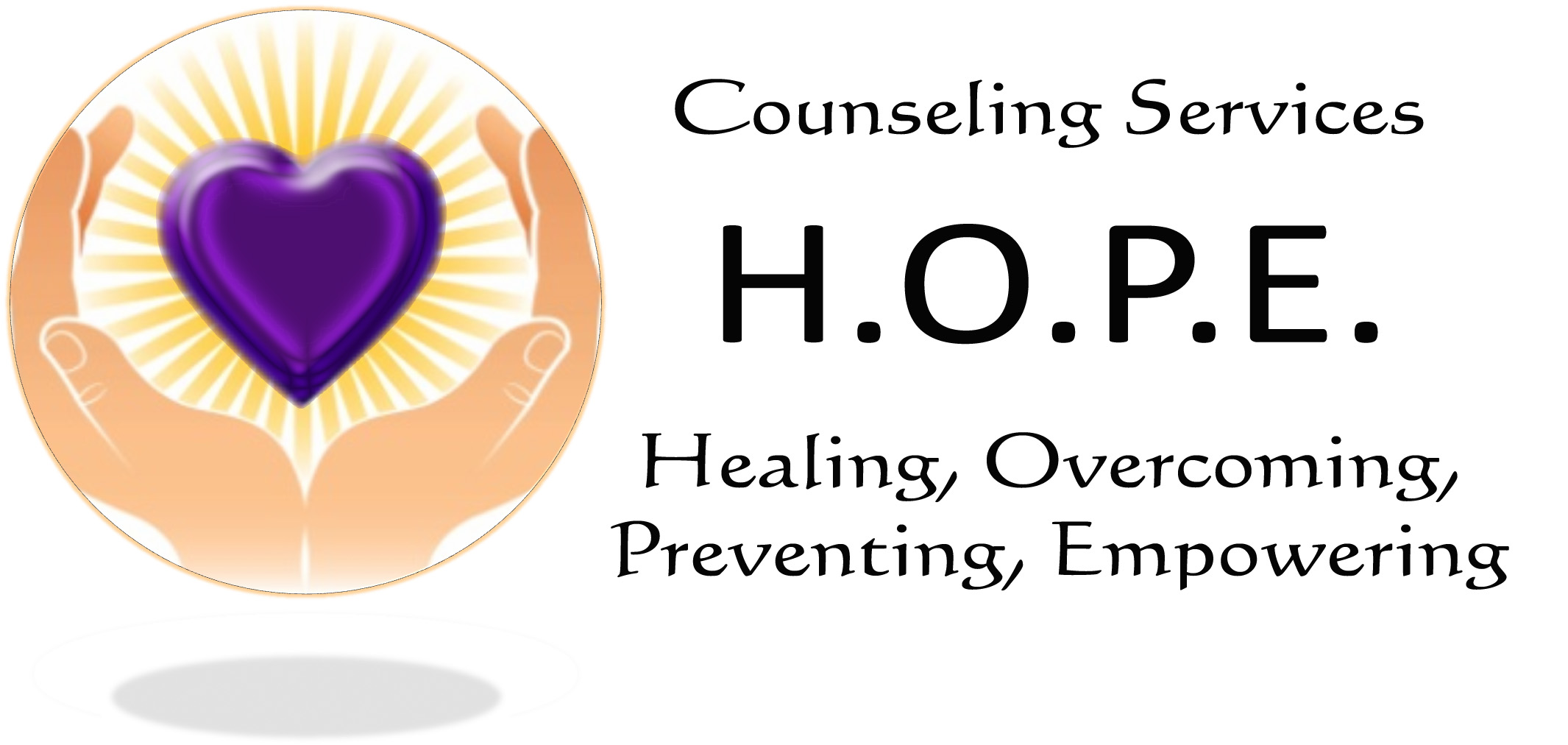| |
|
|
* Causes
* Symptoms
* Children
and PTSD *
Overview
Post-traumatic stress disorder, also known as PTSD, is among only a few mental disorders that are triggered by a disturbing outside event, quite unlike other psychiatric disorders.
Many Americans experience individual traumatic events ranging from car and airplane accidents to sexual assault and domestic violence. Other experiences, including those associated with natural disasters, such as hurricanes, earthquakes, and tornadoes, affect multiple people simultaneously. Dramatic and tragic events, like the terrorist attacks on the World Trade Center and
Pentagon as well as wars receive much media exposure which can have a
traumatic effect on people directly and indirectly exposed to the
traumatic event.
Although the disorder must be diagnosed by a mental health professional, symptoms of PTSD are clearly defined. To be diagnosed with PTSD, you must have been in a situation in which you were afraid for your safety or your life, or you must have experienced something that made you feel fear, helplessness, or horror.
The worse the trauma, the more likely a person will develop
PTSD, and experience overwhelming symptoms. The most severely affected are unable to work, have trouble with relationships, and have great difficulty parenting their children.
Research has shown that PTSD changes the biology of the brain. MRI (magnetic resonance imaging) and PET (positron emission tomography) scans show changes in the way memories are stored in the brain. PTSD is an environmental shock that changes your brain, and scientists do not know if it is
reversible.
-
In the United States, 60% of men and 50% of women experience a traumatic event during their lifetimes. Of those, 8% of men and 20% of women may develop PTSD. A higher proportion of people who are raped develop PTSD than those who suffer any other traumatic event. Because women are much more likely to be raped than men (9% versus less than 1%), this helps explain the higher prevalence of PTSD in women than men.
-
Some 88% of men and 79% of women with PTSD also have another psychiatric disorder. Nearly half suffer from major depression, 16% from anxiety disorders, and 28% from social phobia. They also are more likely to have risky health behaviors such as alcohol abuse, which affects 52% of men with PTSD and 28% of women, while drug abuse is seen in 35% of men and 27% of women with
PTSD.
-
More than half of all Vietnam veterans, about 1.7 million have experienced symptoms of
PTSD.
-
People who are exposed to the most intense trauma are the most likely to develop PTSD. The higher the degree of exposure to trauma, the more likely you are to develop PTSD. So, if something happens to you more than once or if something occurs to you over a very long period of time, the likelihood of developing PTSD is increased.
-
Sometimes, people who have heart attacks or cancer develop
PTSD.
-
New mothers may develop PTSD after an unusually difficult delivery during childbirth. Also, patients who regain partial consciousness during surgery under general anesthesia may be at risk for developing
PTSD.
Back to top
Post-traumatic Stress Disorder Causes
-
When you are afraid, your body activates the "fight or flight" response —a reference to our caveman ancestors facing a tiger. In reaction, your body releases adrenaline, which is responsible for increasing blood pressure and heart rate and increasing glucose to muscles (to allow you to run away quickly in the face of immediate danger). However, once the immediate danger (which may or may not have actually existed) is gone, the body begins a process of shutting down the stress response, and this process involves the release of another hormone known as
cortisol.
-
If your body does not generate enough cortisol to shut down the flight or stress reaction, you may continue to feel the stress effects of the adrenaline. Trauma victims who develop post-traumatic stress disorder often have higher levels of other stimulating hormones (catecholamines) under normal conditions in which the threat of trauma is not present. These same hormones kick in when they are reminded of their trauma.
-
Physically, your body also increases your heart rate. After a month in this heightened state, with stress hormones elevated, you may develop further physical changes, such as heightened hearing. This cascade of physical changes, one triggering another, suggests that early intervention may be the key to heading off the effects of post-traumatic stress disorder.
Post-traumatic Stress Disorder Symptoms
When
someone has post-traumatic stress disorder they re-experience the
traumatic event. Often times they will experience recurrent and
intrusive distressing recollections of the event, including nightmares,
images, thoughts, or perceptions. Many times when an individual is
exposed to trauma they may feel as though they are reliving the trauma and
may experience illusions, hallucinations, and dissociative flashback
episodes. Intense psychological distress or reactivity at exposure
to internal and/or external cues that remind the individual of the
traumatic event often occurs. Persistent avoidance of stimuli and
numbing of general responsiveness that was not present prior to the
traumatic event is evidenced by at least three of the following: 1.
efforts to avoid thoughts, feelings, or conversations associated with the
trauma, 2. avoidance activities, places, or people that arouse
recollections of the trauma, 3. inability to recall an important aspect of
the trauma, 4. diminished interest or participation in significant
activities, 5. feeling of detachment or estrangement from others, 6.
restricted range of affect (i.e. unable to have loving feelings), 7. sense
of foreshortened future (i.e. does not expect to have a marriage, career,
children, or a normal life span). Persistent symptoms of increased
arousal as indicated by at least two of the following are prevalent: 1.
difficulty falling or staying asleep, 2. irritability or angry outbursts,
3. difficulty concentrating, 4. hyper-vigilance, 5. exaggerated startle response.
Back to top
Children and Post-traumatic Stress Disorder
Today, children are exposed to various forms of traumatic events and violence.
Children question whether someone is trying to hurt them. They want to know what's wrong with them. Someone they trust may betray that trust, for example, if a child is sexually abused by a parent or trusted caregiver or authority figure.
The more personal the trauma, evidence suggests, the more likely long-term psychological problems are to arise from it. Such traumas are also more likely to include elements of anger and hostility. In addition, childhood experiences such as sexual abuse may interfere with a child's development and affect him or her throughout life. For example, women who had been sexually abused as children, according to research, almost universally experienced trauma later in life as well. In contrast, women who were physically but not sexually abused as children had a rate of trauma later in life that was similar to that of people who were not physically abused.
-
Five million children are exposed to a traumatic event in the United States every year, amounting to 1.8 million new cases of post-traumatic stress disorder (PTSD). Some 36% of children who experience traumatic events develop PTSD, compared with 24% of adults.
-
The younger a child is at the time of the trauma, the more likely he or she is to develop PTSD. Thirty-nine percent of preschoolers develop PTSD in response to trauma, while 33% of middle school children and 27% of teens do.
-
By age 18 years, 1 in 4 children has experienced a personal or community act of violence. (It is estimated that, during their lifetime, 4 million teenagers have been victims of serious physical assaults, and 9 million have witnessed an act of serious violence. More than 3 million children are exposed to domestic violence every
year).
Violence on
TV: Parents should guide this kind of television viewing, either making sure that they talk to their children about what they are reading and seeing—or, for very young children, limiting it or turning it off altogether. As kids get older, limiting even then is important so they are not constantly barraged by these images. Coming up with other ways to try to process what is happening, such as talking with adults, rather than just watching it over and over and over again, is helpful.
Stress at home: Kids know what's going on in their environments, even if parents don't think they do. Children can pick up on our feelings, whether it’s stress over a traumatic event or worries about a parent losing a job. Children notice the subtle, outward signs, both happy and sad. How parents react to a trauma often affects how the children are going to react.
Signs and symptoms of PTSD in children (according to the National Center for
PTSD):
Young children (1-6 years)
-
Helplessness and passivity, lack of usual responsiveness
-
Generalized fear
-
Heightened arousal and confusion
-
Cognitive confusion
-
Difficulty talking about the event
-
Difficulty identifying feelings
-
Nightmares, sleep disturbances
-
Separation fears and clinging to caregivers
-
Regressive symptoms (for example, returning to bed-wetting or loss of speech/motor skills)
-
Inability to understand death as permanent
-
Anxieties about death
-
Grief related to abandonment by caregiver
-
Somatic symptoms (such as stomach aches, headaches)
-
Startle response to loud noises
-
Freezing (sudden immobility)
-
Fussiness, uncharacteristic crying, neediness
-
Avoidance of or alarm response to specific trauma-related reminders involving sights/physical sensations
School-aged children (6-11 years)
-
Feelings of responsibility and guilt
-
Repetitious traumatic play
-
Feeling disturbed by reminders of the event
-
Nightmares, other sleep disturbances
-
Concerns about safety, preoccupation with danger
-
Aggressive behavior, angry outbursts
-
Fear of feelings, trauma reactions
-
Close attention to parents’ anxieties
-
School avoidance
-
Worry/concern for others
-
Behavior, mood, personality changes
-
Somatic symptoms (complaints about bodily aches/pains)
-
Obvious anxiety/fearfulness
-
Withdrawal
-
Specific trauma-related fears, general fearfulness
-
Regression (behaving like a younger child)
-
Separation anxiety
-
Loss of interest in activities
-
Confusion, inadequate understanding of traumatic events (more evident in play than in discussion)
-
Unclear understanding of death, causes of "bad" events
-
Giving magical explanations to fill in gaps in understanding
-
Loss of ability to concentrate at school, with lower performance
-
Spacey or distractible behavior
Preadolescents and adolescents (12-18 years)
-
Self-consciousness
-
Life-threatening re-enactment
-
Rebellion at home or school
-
Abrupt shift in relationships
-
Depression, social withdrawal
-
Decline in school performance
-
Trauma-driven acting out, such as sexual activity or other reckless risk-taking
-
Effort to distance self from feelings of shame, guilt, humiliation
-
Excessive activity/involvement with others, or retreat from others in order to manage inner turmoil
-
Accident proneness
-
Wish for revenge, action-oriented responses to trauma
-
Increased self-focusing, withdrawal
-
Sleep/eating disturbances, including nightmares
Back to top |
|



